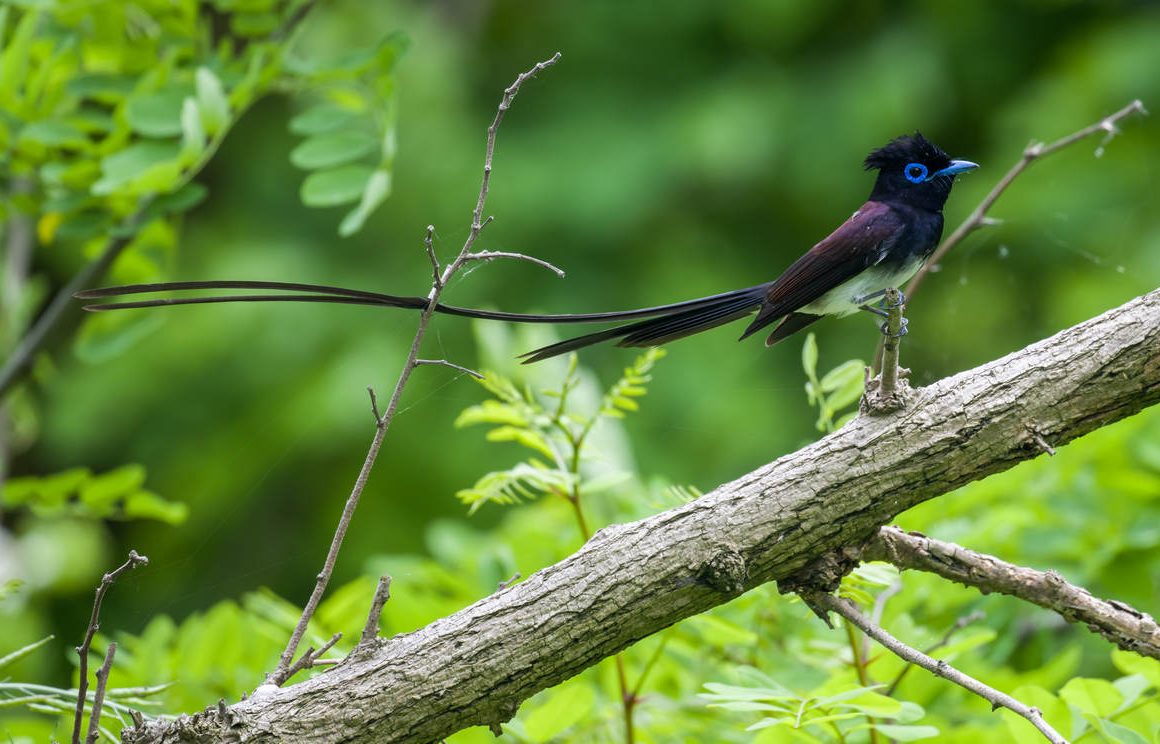
Such an embarrassingly populist title of a blog post should obviously be followed by some dry facts. Here goes: Paradise Flycatchers are a genus in the broader (and rather large) family of Monarchidae. There are 17 different species of them, a few of them endangered, particularly some island endemics. While most of them are non-migratory, the two that visit Shanghai are migratory: the Amur Paradise Flycatcher and the Japanese Paradise Flycatcher.
A characteristic of most but not all Paradise Flycatchers is the long tail of the male bird (tail length is thought to be a criterion by which females select their partners – please insert your own pornographic joke here). This means that the bird shown below – if I am correct in thinking it is a male Japanese Paradise Flycatcher with a rather short tale – will struggle to find a partner this year.
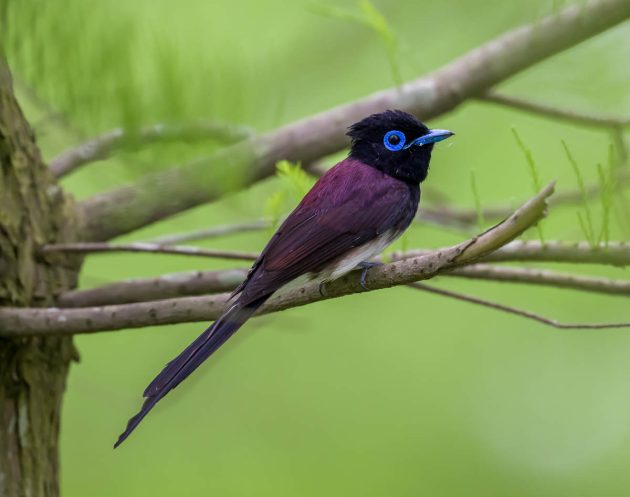
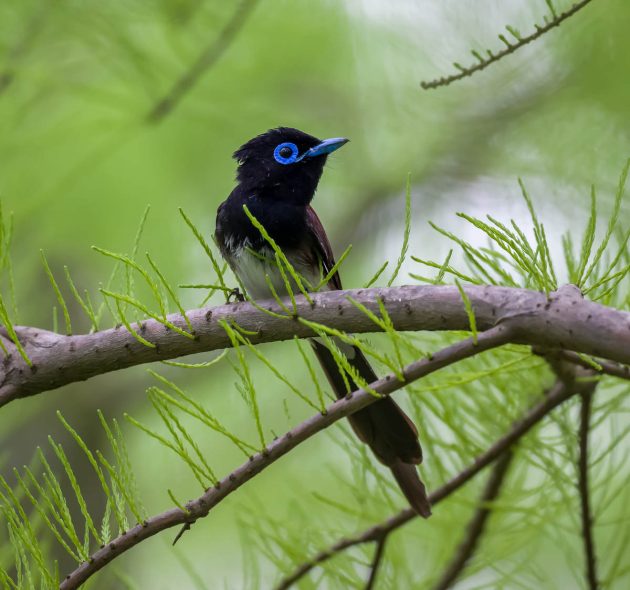
The Japanese Paradise Flycatcher usually arrives in Shanghai a bit earlier than the Amur one, as it still has to travel on to Japan. It is listed as Near Threatened – the HBW cites the usual reasons that are just other ways of saying that humans do not care enough for other species, such as forest loss and degradation in its winter range. Of course, for countries with mostly moderate climates such as the US, China, Japan, or Germany, it is always easier to claim that the winter range is the problem (i.e., not their own).
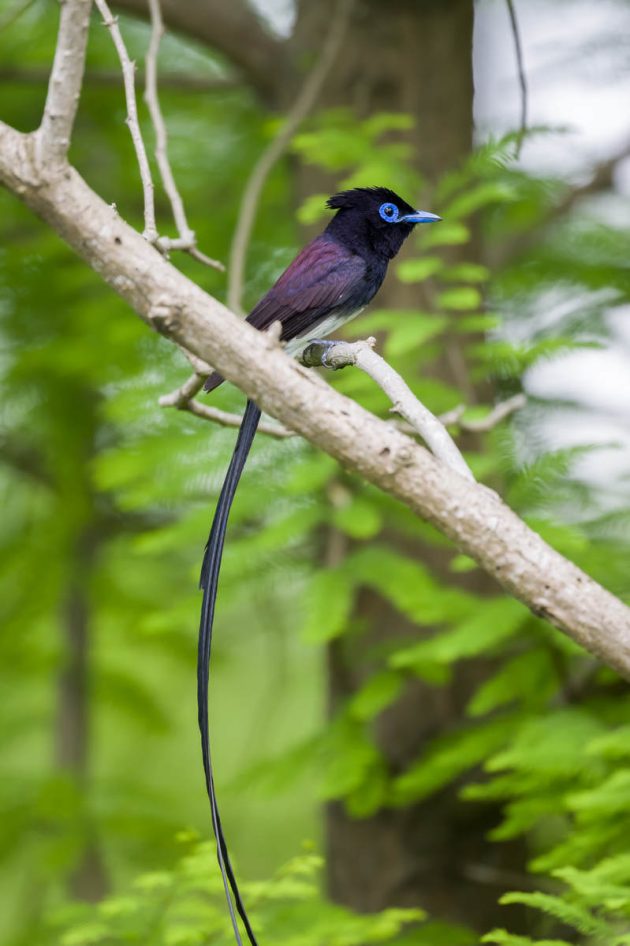
Wikipedia claims that in Japanese, its song is rendered as tsuki-hi-hoshi, hoi-hoi-hoi, which translates to Moon-Sun-Stars and gives the Japanese name of the bird sankocho (literally, bird of three lights, i.e. moon, sun, star, from san three + ko lights + cho bird) – and maybe that is true, or maybe the person who wrote the Wikipedia entry just has a sense of humor similar to mine …
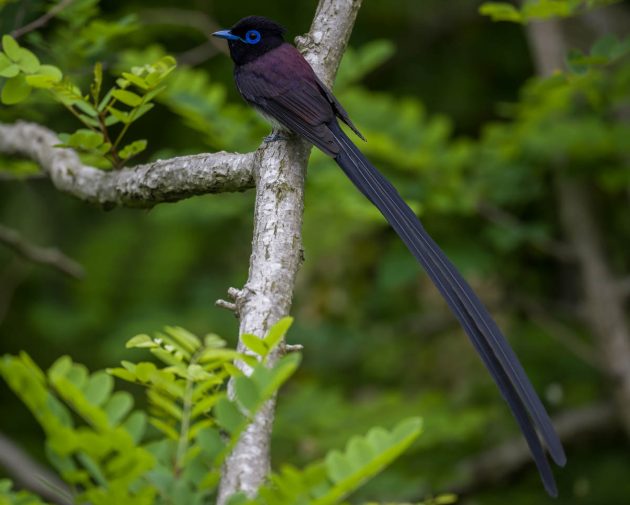
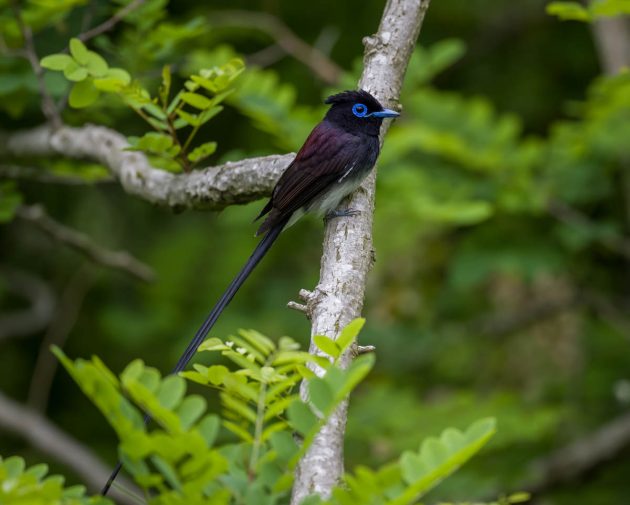
I am sure that like me, you have spent many sleepless nights wondering about the territory size of breeding Japanese Paradise Flycatchers. Fear not, science has an answer: about 1.16 hectares, which is a space of a bit more than 100 meters by 100 meters (US readers: please do your own conversion into square feet per inch, or whatever antiquated units you use. Just make sure to do the conversion correctly before you launch any space shuttles).
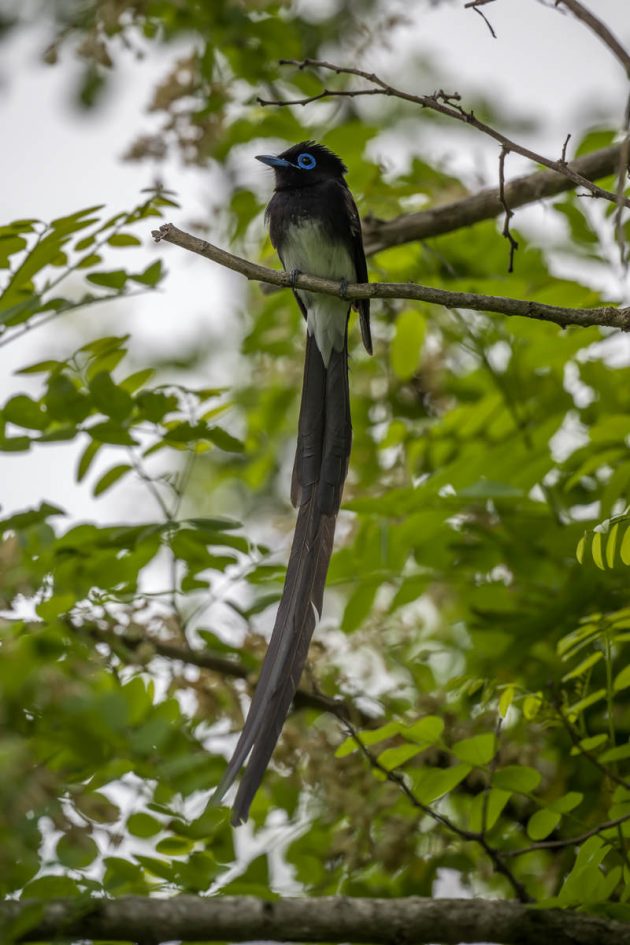
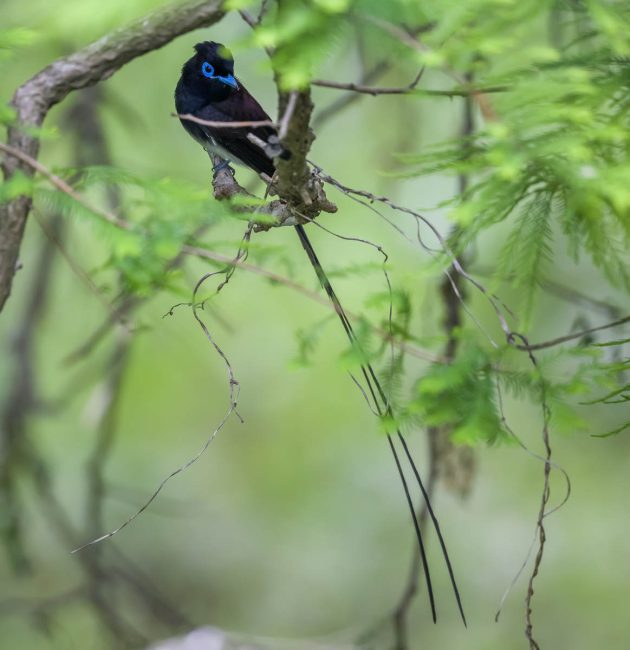
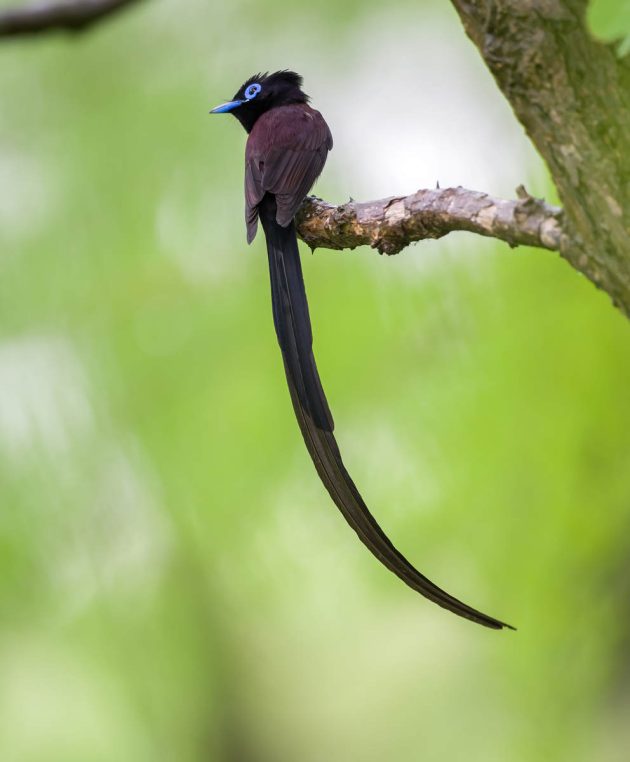
Somehow, watching the male Japanese Paradise Flycatcher fly with its long tail following it like the ribbons of a ribbon dancer reminds me of Oscar Wilde’s play “Salome” – I guess it is the “Dance of the seven veils” association … with the page of Herodias constantly saying that “Something terrible may happen” … and it does. Oscar Wilde was kind of my first love as a reader when I was about 15 – maybe I should read Dorian Gray again one of these days.
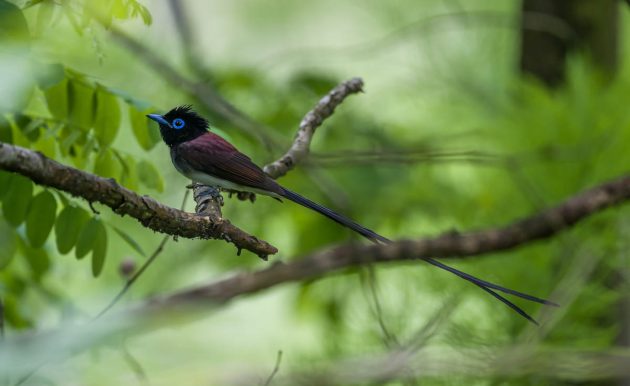
There is not really that much other information on the Japanese Paradise Flycatcher. Below are some photos of the female.
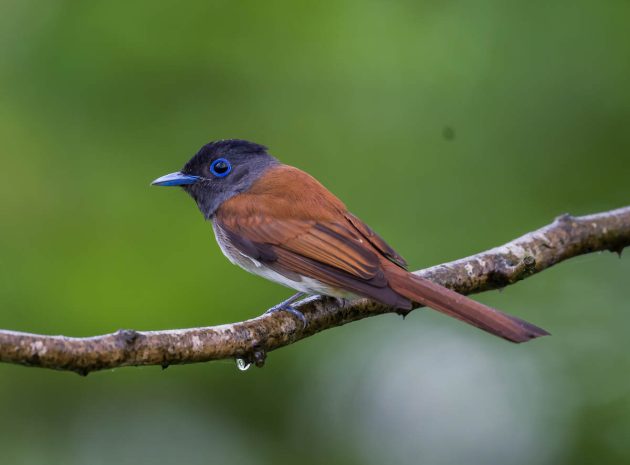
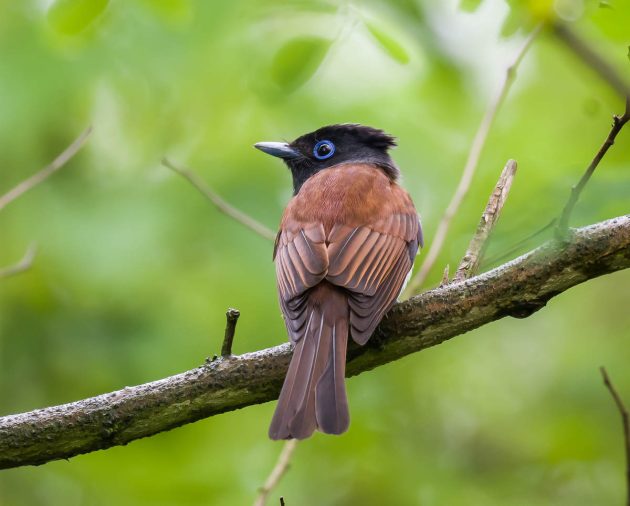
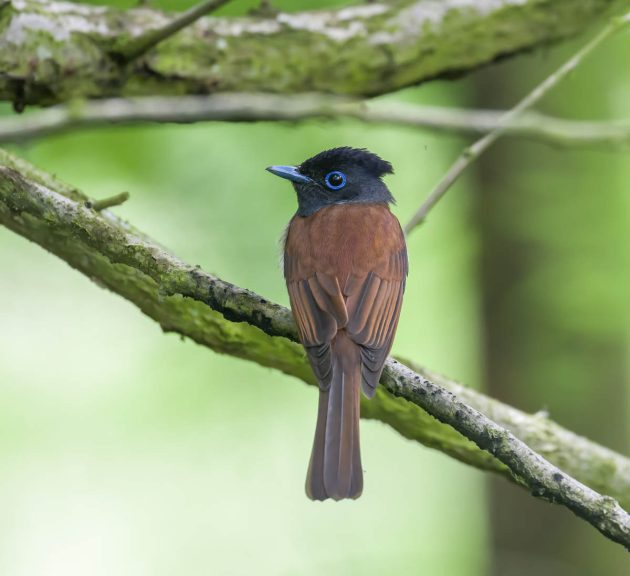
Switching to the Amur Paradise Flycatcher, which has the Latin species name of incei.
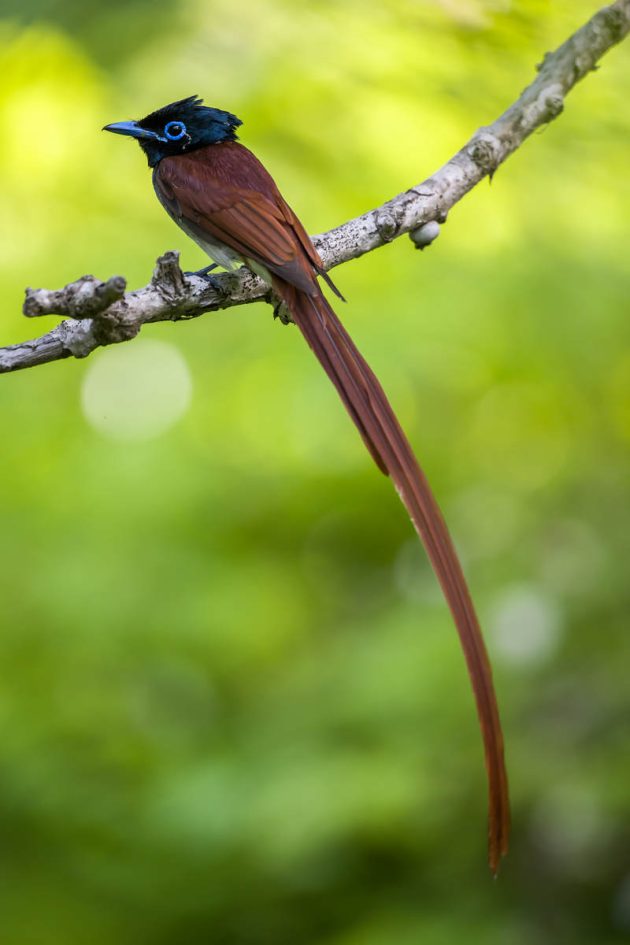
This name is derived from Commander John Matthew Robert Ince (1812-1850) Royal Navy, surveyor, collector in Australia, New Guinea and China (source: HBW). Unfortunately, there is not much information on Mr. Ince – no Wikipedia entry, as far as I can tell – just the curious bit of information that around 1846, he was on half pay on board the Fly 18 (source). This does not quite seem to merit naming an attractive bird species after him, but what do I know – I would not have named a winning card in a card game after an atrocious US president either …
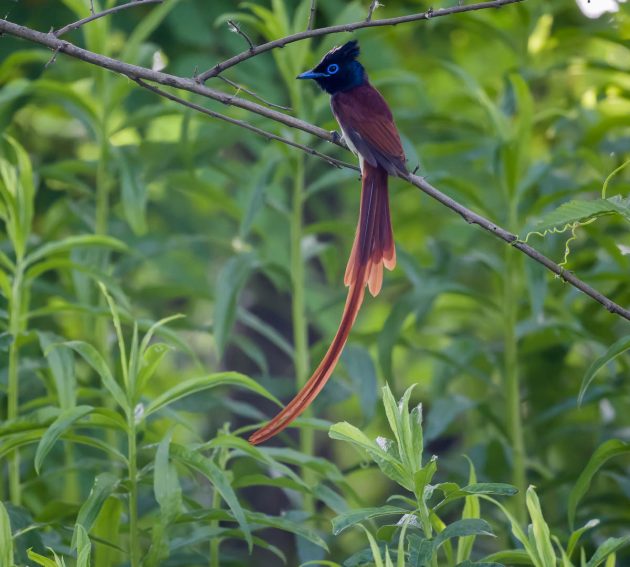
The male comes in two morphs, though the white morph is somewhat rare, and I did not see it this year.
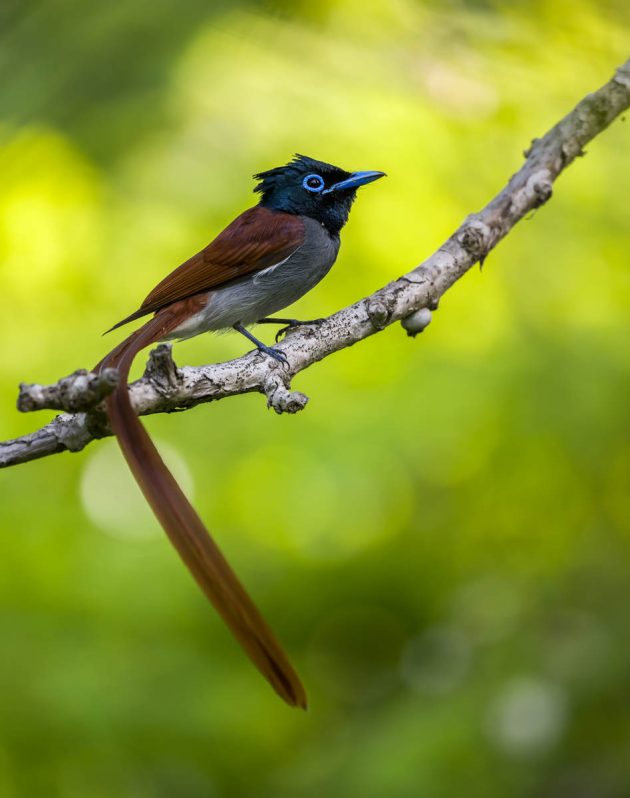
While also migratory, the Amur Paradise Flycatcher may end its journey in Shanghai and breed here, though the type of habitat it requires is getting rarer and rarer (one of the old places I knew of is just getting destroyed this year).
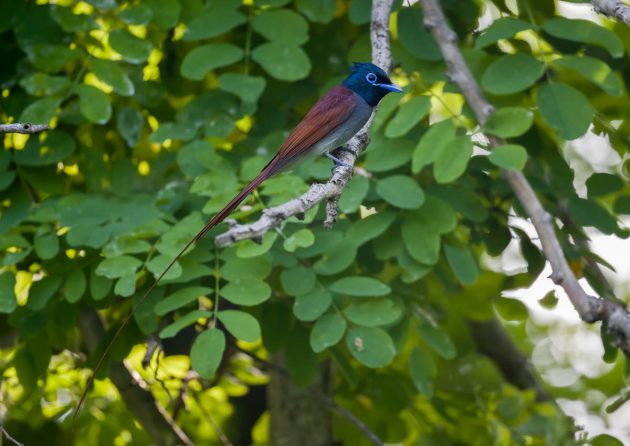
How to distinguish the two species, as they look somewhat similar? You can look it up here – it is a much more detailed description than I could ever manage.
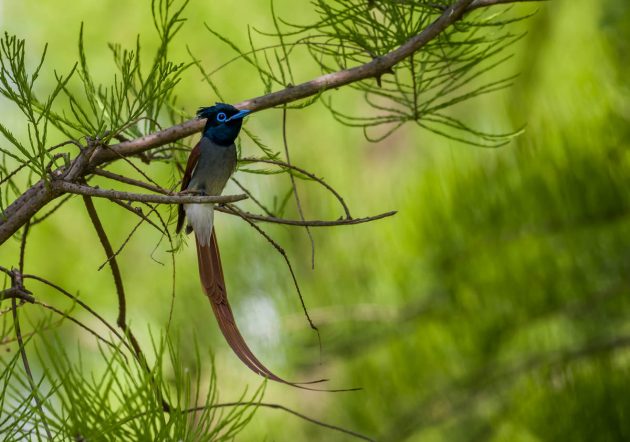
Personally, I find it almost easier to just listen to the bird – the calls are different, with the ones of the Amur Paradise Flycatcher sounding a bit more sophisticated to me (though to be honest, none of these sound particularly nice – if you look this spectacular, you do not need to be a great singer as well).
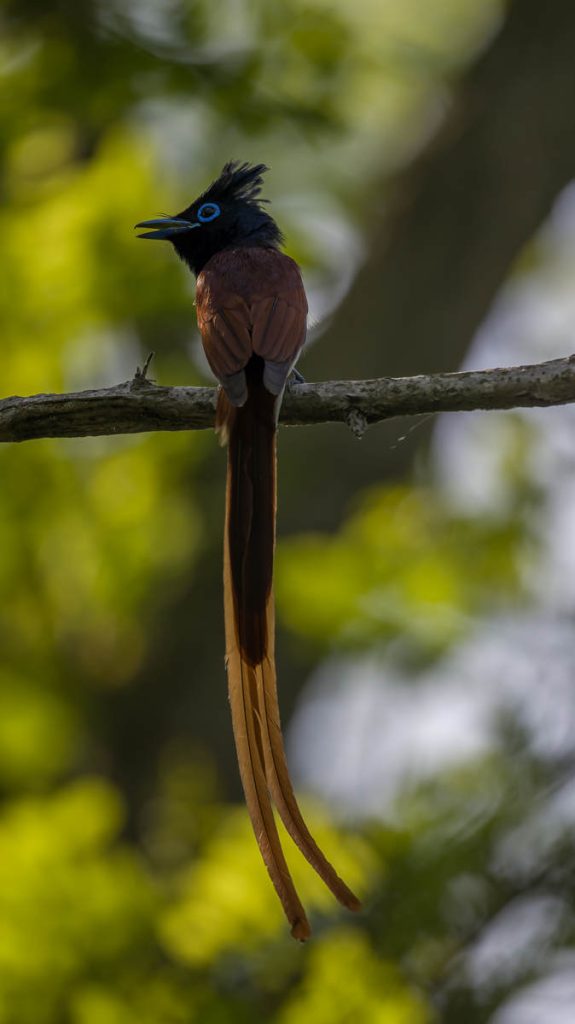
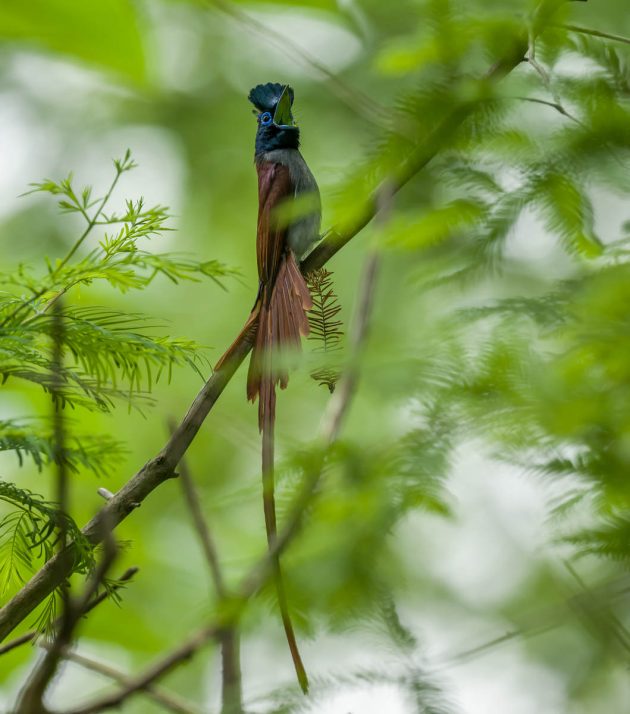
Apart from that, not much I can say about these two species – I will end with some photos of the female Amur Paradise Flycatcher.
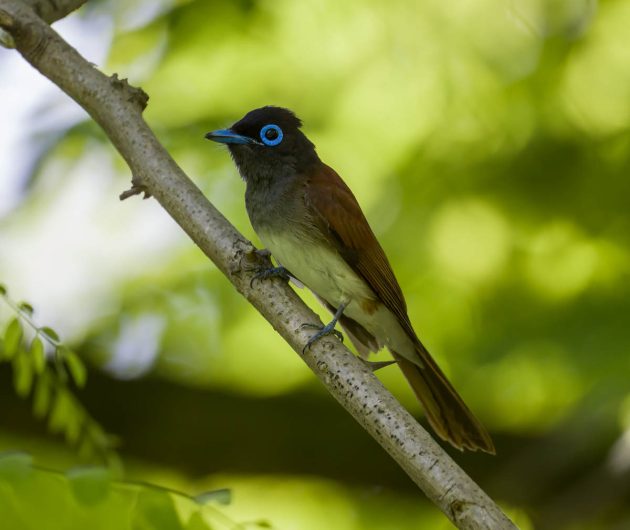
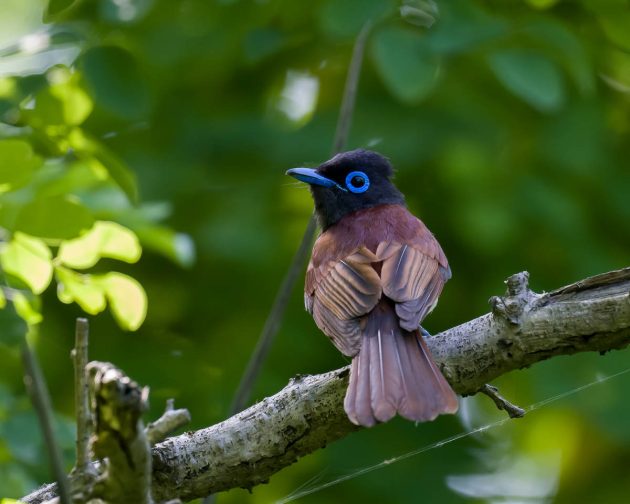
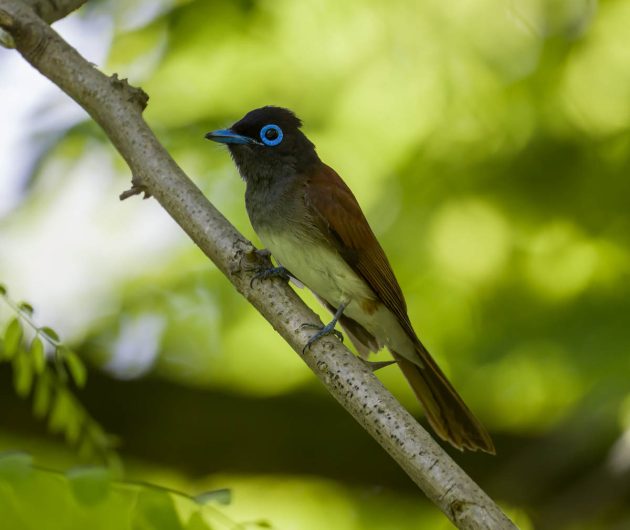
(all photos taken at Nanhui, Shanghai in May 2023)











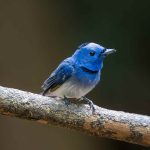

Leave a Comment